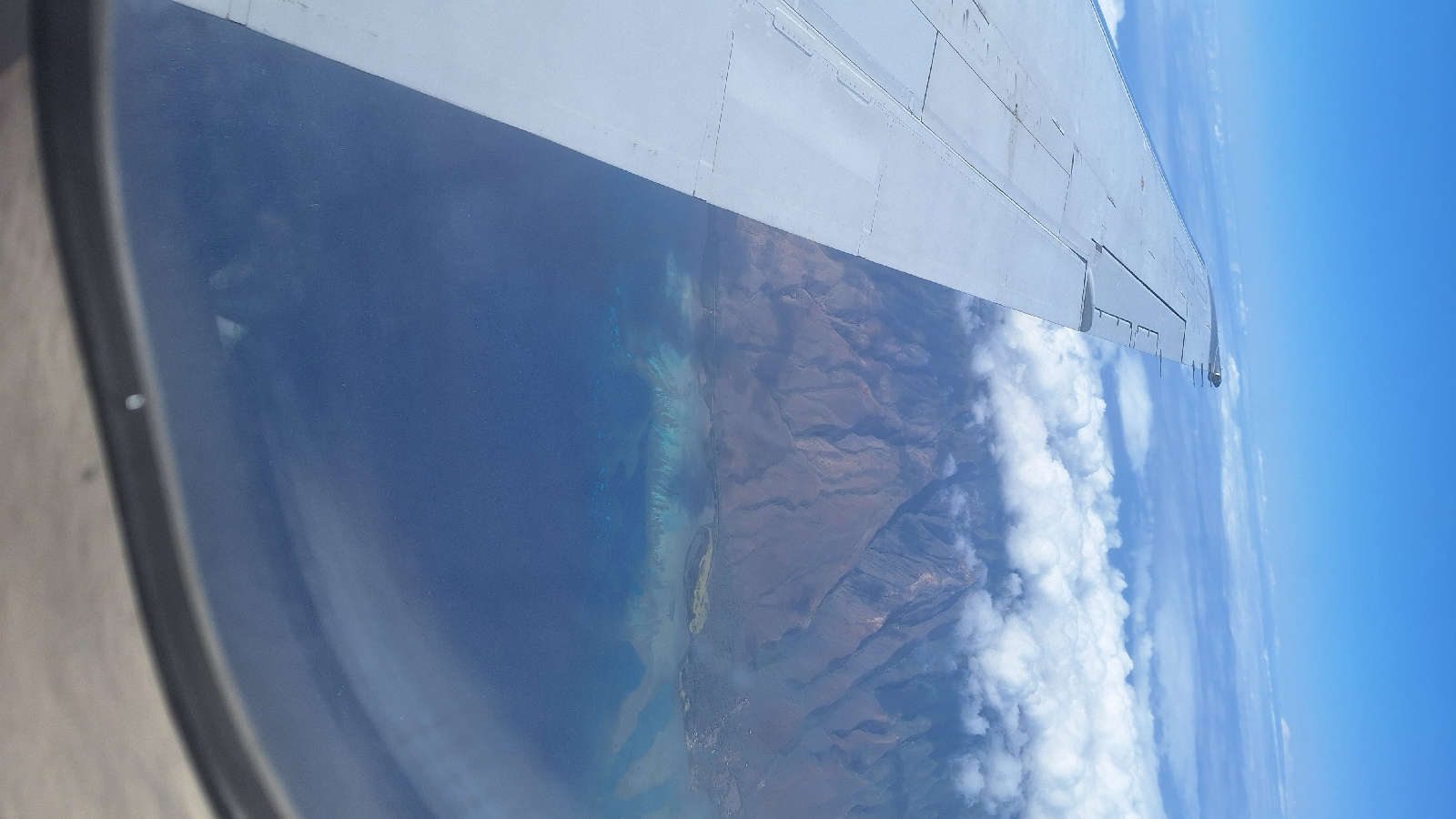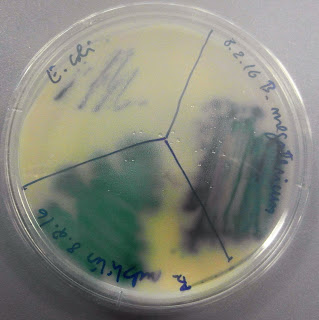This blog may help people explore some of the 'hidden' issues involved in certain media treatments of environmental and scientific issues. Using personal digital images, it's also intended to emphasise seasonal (and other) changes in natural history of the Swansea (South Wales) area. The material should help participants in field-based modules and people generally interested in the natural world. The views are wholly those of the author.
Monday, 31 July 2017
Sunday, 30 July 2017
Friday, 28 July 2017
Terned Away!
A report has detailed how climate change is altering life in the warming seas around UK shores (https://www.theguardian.com/environment/2017/jul/28/climate-change-drawing-squid-anchovies-and-tuna-into-uk-waters). It may be very nice that squid, anchovies and tuna are coming to our shores but other marine life, such as Sand eels, are having to move North. This is very bad news for some of our important breeding colonies of bird, such as Puffins and Arctic terns, who rely on these food items. Food and nest sites can't be too separated.
Slugging it Out!
Reports that Professor Li of Harvard University has copied the properties of slug slime to develop a surgical glue that can be effectively used in wet tissues (https://www.theguardian.com/science/2017/jul/27/from-goo-to-glue-slug-slime-inspires-new-wound-mending-surgical-adhesive). He basically found that the defensive slime of our molluscan mates had many positively-charged protein polymers and combined similar materials with hydrogels to produce a wound-sealing adhesive. This is yet another example of developing something of use to humans by studying the properties of animals. Not many people would connect slugs and surgery.
Wednesday, 26 July 2017
Human Reproduction: A Serious Cause for Concern?
Professor Levine in Jerusalem has reportedly headed a well-received review of the data on human sperm counts (effectively removing dubious studies on infertile couples etc) and has concluded that their has been a 60% decline in 'western' populations (essentially the USA and Europe but also including Australia and New Zealand) over the last 40 years (www.bbc.co.uk/news/health-40719743). Part of this might be related to over-estimates in some of the older samples but there does appear to be a declining count of about 1.4% per year. It is uncertain what is causing this decline (which apparently does not appear in other parts of the globe). It could be related to many aspects of life-style or to pollutants. I think, however, that the claim it might lead to the extinction of humans a tad speculative. I would have thought that over-population rather than under-population is the real threat to our planet and our species.
Weasling About Diesels?
It seems an odd time, with parliament in recess, to start a debate about the future of diesel and petrol-powered cars and vans (https://www.theguardian.com/politics/2017/jul/25/britain-to-ban-sale-of-all-diesel-and-petrol-cars-and-vans-from-2040). This appears mainly a response to the well-established detrimental effects of poor air quality on human health (especially in inner cities and near motorways). What is unclear is whether use of diesel by shipping (air quality is often poor at cruise and freight ship ports), diesel trains, buses and heavy goods vehicles (not to mention aircraft) will also be phased out. What about vintage and veteran cars? Waiting until 2040 might well be challenging in terms of making a transition to electrically-powered vehicles (along with the difficulties of recharging them efficiently) but it's rather a long time to wait for the needed improvement in air quality.
Wisdom of the Solomons?
It has been reported (https://www.theguardian.com/environment/2017/jul/25/saltwater-crocodile-attacks-solomon-islands) that a major 'increase' in the numbers of attacks on people and domesticated animals by protected Saltwater crocodiles, may 'force' the Solomon islanders to kill some of these animals (as well as possibly exporting their skins to make leather goods). It is always difficult to comment on conservation of 'dangerous' animals, whether these are crocodile, Great white sharks or tigers. It is important to maintain the species in their natural ecosystems but humans invariably take attacks by these predators personally (in spite of the fact that the animal is generally doing what it is designed to do). It's especially difficult for people in the UK to preach to populations in other countries when we exterminated all our much less impressively dangerous carnivores 100's of years ago. Still, I do hope that 'salties' can be reasonably protected on the islands.
The Game of Chicken
Perhaps we won't get our 'very big deal' to bring chlorinated chicken (along with hormone-treated beef and GM crops) in spite of their cheapness (https://www.theguardian.com/politics/2017/jul/25/brussels-attacks-liam-foxs-ignorant-remarks-chlorinated-chicken-eu-trade-deal-us). Chlorination is used to reduce the bacteria on chicken carcasses because US chickens are generally produced under intensive 'farming' conditions. Firstly, the Minister for Agriculture doesn't think it likely and the importation of such material would lead to many food items the UK wanted to send to markets in Europe having to be checked at borders (including that between Northern Ireland and Eire). Certainly, the whole thrust of a US 'deal' would run counter to a general enthusiasm for animal welfare in this country (although that could decline if economics prove unhelpful).
Tuesday, 25 July 2017
Monday, 24 July 2017
Seeing the Changes 1220
The Oxwich site has new signage. Many of the flowers were past their best but there was still some Yellow rattle (Rhinanthus minor); Wood sage (Teucrium scorodonia); Eyebright (Euphrasia officinalis); Wild thyme (Thymus serpyllum); Sea holly (Eryngium maritimum); Bloody cranesbill (Geranium sanguineum); Orpine (Sedum telephium) and Marsh heleborine (Epipactis palustris). There were also many Six-spot burnet moths (Zygaena filipendulae) as well as Small copper (Lycaena phlaeas); mating Common blue (Polyommatus icarus); Small blue (Cupido minimus) and Small heath (Coenonympha pamphilus) butterflies. A dung beetle (Aphodius rufipes) also flew in.
Sunday, 23 July 2017
Horns of a Dilemma?
There has been a lot of publicity about the plan to attempt breed endangered Northern white rhinoceros by using sperm from a male in a Czech Republic zoo and eggs extracted from the closely-related Southern white rhinoceros at Longleat (the-scientist.com/?articles.view/articleNo/49934/title/IVF-to-Revive-Endangered-White-Rhino-Population). The gametes would be mixed in Italy, allowed to divide to the blastula stage, before being possibly implanted in the womb of a hormonally-primed female Southern white rhinoceros at Longleat. The argument is that the hybrid (between the sub-species) result of in vitro fertilisation would conserve 50% of the genes of the Northern line. I am not sure that this is an entirely useful process as zoos have very limited carrying capacity for large animals and you might well subsequently have to accommodate populations of northern, southern and hybrids. The rhinoceros is mainly endangered by a combination of habitat loss and poaching for their horns. Money might be better spent on preserving and protecting lands where they currently live. It's sad to say but the Northern white rhinoceros is essentially in the process of becoming extinct.
Saturday, 22 July 2017
Wednesday, 19 July 2017
Tuesday, 18 July 2017
Saturday, 15 July 2017
Thursday, 13 July 2017
The Smallest Show on Earth?
A Harvard team have successfully encoded, using the 4 bases, an old cine sequence of a galloping horse into the DNA of a bacterium and replayed it (https://www.theguardian.com/science/2017/jul/12/scientists-pioneer-a-new-revolution-in-biology-by-embeding-film-on-dna). This may sound like a gimmick but the intention is to demonstrate that one can produce molecular recorders that could be used to establish what is going on in the organs of the body or to monitor environmental changes. If humans manage to extinct themselves, it would be interesting to see what alien explorers make of such data.
Wednesday, 12 July 2017
Tuesday, 11 July 2017
Species End
it's looking bad for biodiversity and the survival of ecosystems on the planet as the 6th mass extinction is reportedly well underway (https://www.theguardian.com/environment/2017/jul/10/earths-sixth-mass-extinction-event-already-underway-scientists-warn). Scientists have recorded that billions of regional and local populations have been lost and, of the mega species studied, around half have lost 80% or more of their range. The authors suggest that human over-population and activities (the Anthropocene era?) accounts for most of this event. In spite of this, many people seem to view the losses as an unfortunate side-effect (perhaps reducing the content matter of a new series of Life on Earth) rather than a real challenge to the viability of the planet's life in its present form (i suspect the bacteria will still be around so we wouldn't be starting from scratch).
Grubs Up!
A US study seems to have established that there is a direct link between a chemical produced to plants in response to grazing insects and cannibalism in caterpillars (https://www.theguardian.com/environment/2017/jul/10/when-very-hungry-caterpillars-turn-into-very-hungry-cannibals). The study was carried out using tomato plants and armyworm caterpillars. Plants sprayed with the chemical (methyl jasmonate) retained more of their leaves and a higher incidence of cannibalism. Methyl jasmonate apparently makes the plant less palatable but whether the chemical or hunger makes the caterpillars eat each other is debatable. Either way, the plant would benefit by reducing the feeding insects.
Don't Bite My Head Off!
It must be a bit disconcerting to awake to a crunching noise and to find yourself dragged about 12 feet from your sleeping bag (https://www.theguardian.com/us-news/2017/jul/10/us-teenager-survives-bear-attack-after-waking-to-animal-crunching-on-his-head). This happened in Colorado to a US teenager who survived the event and drove off the Black bear in question. Bears are opportunistic omnivores and, I suspect, that the teenager was viewed as a potential carcass in a bag. Nothing personal!
Sunday, 9 July 2017
Saturday, 8 July 2017
Wednesday, 5 July 2017
Subscribe to:
Posts (Atom)
Planes and Trains and Old Folk
My trip home from Honolulu to Swansea simply cemented how difficult travel has now been made for the elderly (especially if they have a mobi...

-
It should hardly be called a study. A Which comparison looked at levels of nitrogen dioxide and small particulates (PM 2.5s) in 5 Londo...
-
Europe has a city congestion problem. In 2023, London was the most gridlocked location, closely followed by Paris and Dublin. In that year...
-
It's necessary, where possible, to replace diesel and petrol-fueled vehicles by electrical equivalents. Electric vehicles (EVs) don...


















































